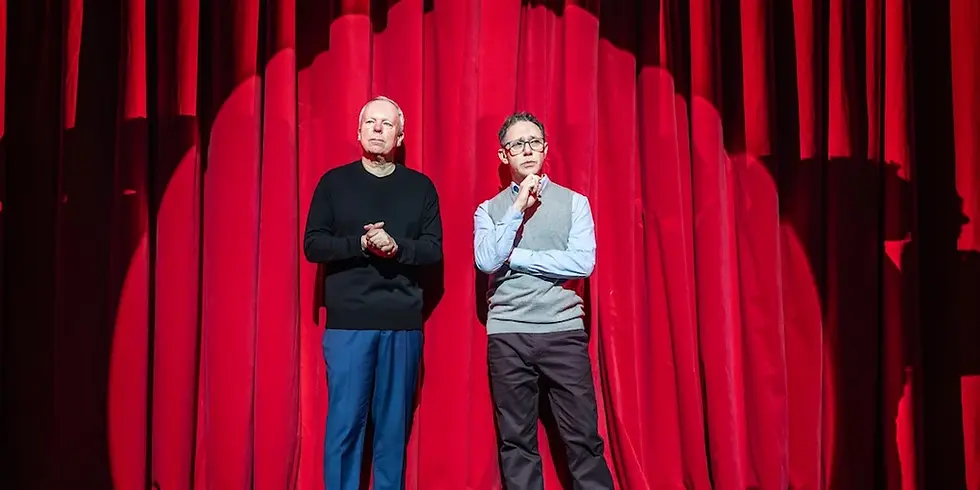Streaming vs Social Video: How UK Media Habits Are Shifting in 2025
- Merna Atef

- 3 days ago
- 2 min read
In 2025, UK media habits 2025 show one clear trend — the digital video world is transforming faster than ever. Streaming and social-video platforms have overtaken traditional TV, creating new ways for people in the UK to watch, share, and engage with entertainment.

What UK Media Habits 2025 Reveal About Streaming and Social Video
According to PwC’s latest report, the UK’s OTT video market will reach £9 billion by 2029 — a reflection of how quickly UK media habits 2025 are moving toward digital. Subscription and ad-supported video continue to dominate.
At the same time, Ofcom reports that 85 % of UK adults use streaming services monthly, while 84 % use social media. This near-identical usage rate proves that streaming and social video are now equally embedded in British culture.
Social Video’s Expanding Role
However, social-video platforms are not simply riding the coattails of streaming — they’re increasingly shaping media habits in their own right. A deep-dive by Sprout Social found that UK social-media users in 2025 spend an average of 1 hour 37 minutes per day on platforms, highlighting declining overall time but increased expectation of quality and engagement.
And the figures for social video consumption are telling: a study by Parks Associates found that social-video (on platforms like YouTube, TikTok, Twitch) now accounts for 20 % of all “TV-style” viewing time in the UK.
Add to that of fact that YouTube has overtaken long‐standing broadcaster ITV as the UK’s second‐most watched “channel” in terms of video services.
Clearly, social-video is no longer a side-car to streaming – it is a co-equal ecosystem, often competing for the same time eyes used to dedicate to TV.
What’s Changing — and Why It Matters
Viewer intent: Traditional linear TV was often passive; streaming is on-demand, while social-video demands scrolling, engagement and user choice. Younger viewers especially expect to control what they watch, when and how.
Device and context shift: With more time spent on mobile devices and tablets, the boundaries between “watching TV” and “scrolling video” are blurring. Ofcom data shows younger adults are increasingly less likely to watch live TV.
Content types: Streaming services lean into long-form narratives and high-budget productions, while social-video thrives on short-form, user-generated, viral content. That means different formats, different production models and different audience expectations.
Advertising & business models: With streaming revenue plateauing in some segments, ad-supported models and social-video monetisation are becoming raising interest. The PwC projection for the UK OTT ad share (35 %) is a reflection of this.






